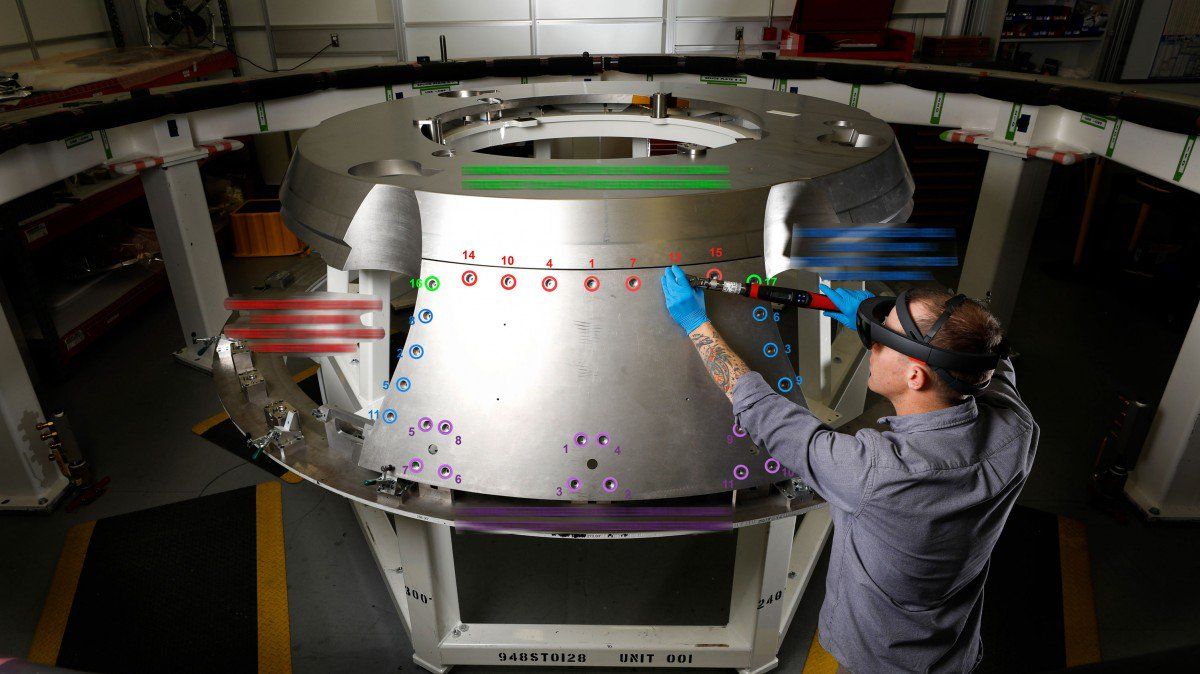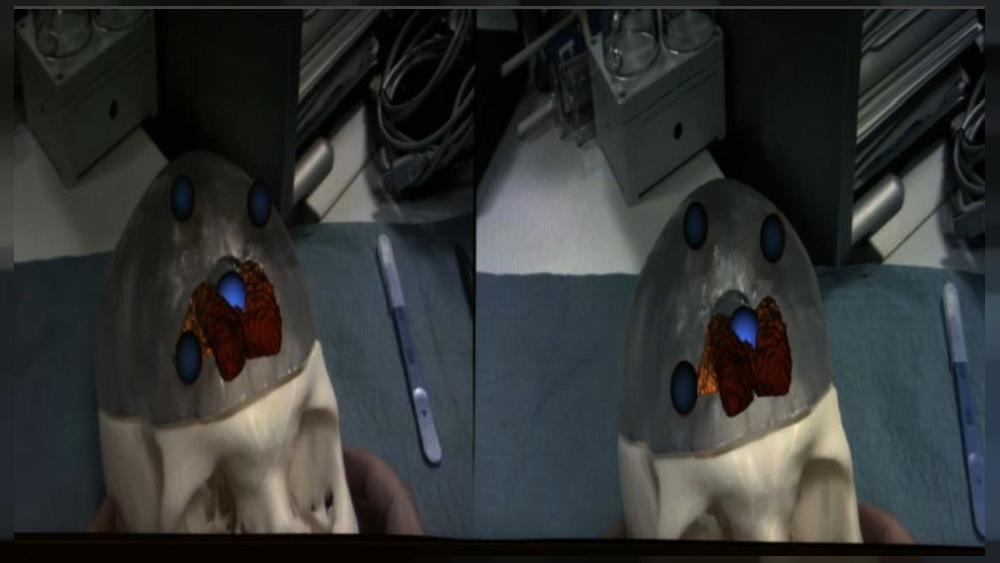The future is just over the horizon and we’re accelerating towards it. And while the famous Dr. Emmett Brown from Back to the Future once said, “Where we’re going, we don’t need roads,” at this year’s Consumer Electronics Show (CES), Nissan revealed not only the future of road-based transportation but equally your future whip.
Driving in the future will not only be autonomous, but will also seamlessly integrate the virtual world into your physical domain using mixed reality, creating an all-around intelligent, connected, transportation ecosystem.









